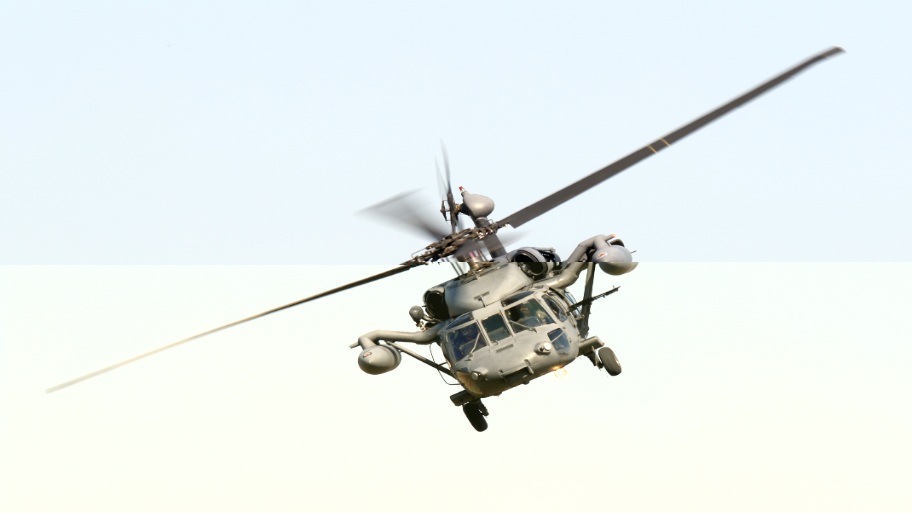Lockheed Martin (NYSE:LMT)
On Thursday, Morgan Stanley analysts revised their defense stock forecast. They lowered their recommendation on Lockheed Martin (NYSE:LMT) from Overweight to Equal-weight. They changed their recommendation on L3Harris Technologies (NYSE:LHX) from Equal-weight to Overweight. The bank also announced an increase in Northrop Grumman’s price objective (NYSE:NOC).
According to the bank, Lockheed’s (LMT) recent gains and limited potential for a move higher are the reasons for the downgrade. Lockheed Martin stock price has increased by almost 19% this quarter, outpacing the S&P 500 index by a wide margin (SP500).
Lockheed Martin stock boosted its price target by Morgan Stanley from $506 to $542. The increase was based on nearly 20 times the bank’s base-case projection of free cash flow per share in 2025 of $29.06, discounted back one year.
We remain optimistic about Lockheed stock portfolio alignment with Department of Defense goals. The study says that the business is well-positioned for the return of strategic competition despite our ratings cut. According to analysts, “we expect a particular acceleration of potential relating to missile and missile defense goods, which we view as playing to Lockheed’s (LMT) expertise in both sectors.”
L3Harris (LHX) was given a rating bump because its stock was undervalued relative to other companies in the military business.
Morgan Stanley claims that the company’s earnings shortfall in the third quarter of 2018, its reduced estimate for 2020, and its more conservative projection for 2023 are to blame for the stock’s underperformance compared to the market. “We believe the stock price has reached levels too enticing to ignore, and we anticipate L3Harris (LHX) will close the valuation gap.”
L3Harris (LHX) price objective was increased by the analysts from $263 to $278 per share based on a multiple of around 17.5 times the analysts’ base case projection of free cash flow per share in 2025 of $17.20, discounted back one year.
Additionally, Morgan Stanley increased its price target for Northrop (NOC) from $585 to $626, with the increase being based on a multiple of 25 times the bank’s base-case projection for free cash flow per share in 2025 of $26.70, with the discount factor being set at a one-year return on investment.
Given Northrop’s (NOC) connection to critical Department of Military goals, including nuclear modernization and space, Morgan Stanley believes the premium of 20% above defense peers is justified.
Changes in Dangers Over Time Periods
The military industry is at the beginning of a long-term transition in focus from terrorism to geopolitical conflicts between the United States and its great power rivals, Russia and China. Moreover, the bank claims that the United States Department of Defense is actively trying to upgrade its hardware and software.
The paper states that workhorse systems are approaching the end of their useful life and need to be recapitalized. The Pentagon must rethink its defensive strategy’s fundamental elements because “the nature of global threats has evolved.”
After Russia invaded Ukraine this year, the United States increased its expenditure on modernization, and several European nations are looking to do the same. From 2022 through 2030, Morgan Stanley expects modernization spending to rise at a CAGR of around 6%. The upgrade of space and nuclear forces, as well as missile defense, will be “among the quickest growing.”
Even though defense equities have risen this year even, while market indices have fallen, it is much too soon to declare that the sector has reached it’s high, especially given the likelihood of protracted political tensions and military war.
Morgan Stanley claims that the present geopolitical climate and the drivers of US military expenditure “have no contemporary context,” adding that “things might grow worse.” Russia’s invasion of Ukraine in February and summer tensions over Taiwan, including Chinese live fire exercises across the Strait, highlight the deteriorating state of international security.
Featured Image – Freepik © wirestock
















